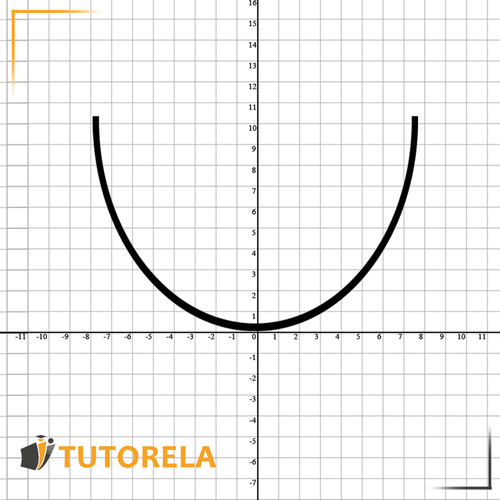The function
the most basic quadratic function:

Master parabola transformations with practice problems covering y=x², y=x²+c, y=(x-p)², and y=(x-p)²+k. Learn horizontal and vertical shifts step-by-step.
the most basic quadratic function:

The family of parabolas
The basic quadratic function – with the addition of
In this family, we are given a quadratic function that clearly shows us how the function moves horizontally – how many steps it needs to move right or left.
represents the number of steps the function will move horizontally – right or left.
If is positive – (there is a minus in the equation) – the function will move steps to the right.
If is negative – (and as a result, there is a plus in the equation because minus times minus equals plus) – the function will move steps to the left.
In this quadratic function, we can see a combination of horizontal and vertical shifts:
: Determines the number of steps and the direction the function will move vertically – up or down.
positive – shift up, negative – shift down.
: Determines the number of steps and the direction the function will move horizontally – right or left.
What is the value of X for the function?
\( y=x^2 \)
of the point \( y=36 \)?
What is the value of y for the function?
of the point ?
To solve this problem, we'll follow these steps:
Now, let's work through each step:
Step 1: The given equation is . We need to substitute into this equation.
Step 2: Substitute to get . Calculate .
Therefore, the value of when is .
Hence, the solution to the problem is .
Answer:
Find the ascending area of the function
To determine the intervals where the function is increasing, we will analyze the derivative of the function:
Step 1: Differentiate the function.
The derivative of is .
Step 2: Determine where .
To find the increasing intervals, set . Solving this inequality, we obtain .
Therefore, the function is increasing for .
Consequently, the correct answer is the interval where the function is increasing, which is .
Answer:
One function
to the corresponding graph:
The function given is . This is a quadratic function, a type of parabola with vertex at the origin (0,0), because there are no additional terms indicating a horizontal or vertical shift.
First, note the coefficient of is . A positive coefficient indicates that the parabola opens upwards. The value of means the parabola is relatively narrow, as it is stretched vertically compared to the standard .
To identify the corresponding graph:
Upon examining each graph, you find that option 2 shows a parabola that is narrower than the standard parabola and opens upwards distinctly, matching our function .
Therefore, the correct graph for the function is option 2.
Answer:
2
One function
to the corresponding graph:
To solve this problem, we'll match the given function with its corresponding graph based on specific characteristics:
Given these observations, we analyze each graphical option:
Therefore, the function matches with graph option 4.
Answer:
4
One function
to the corresponding graph:
To solve this problem, we need to match the function with its graph. This function represents a downward-opening parabola with the vertex at the origin . The coefficient is negative, confirming it opens downwards, and its large absolute value indicates that the parabola closes towards the axis more sharply than a standard curve.
Let's identify the characteristics of :
- The graph is a parabola, opening downwards.
- The vertex is at the origin, .
- Symmetric around the y-axis.
- Its steepness is greater than the standard parabola due to the coefficient .
By analyzing the given graph options, the graph marked as 4 aligns perfectly with these properties: It is centered on the origin, opens downwards, and has an evident steep slope.
Therefore, the correct graph that matches the function is option 4.
Answer:
4